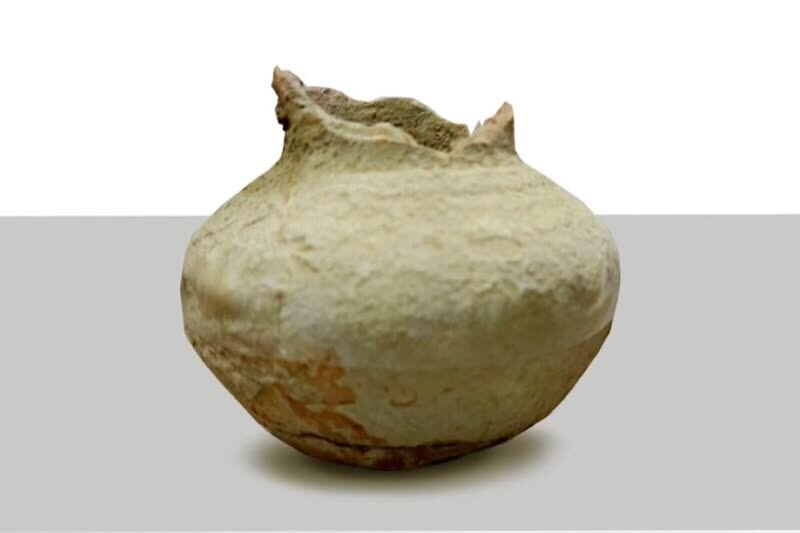Parthian-era potteries recovered in southern Iran

TEHRAN – Residents of a southern Iranian town have submitted ancient artifacts to local authorities in charge of protecting cultural heritage, IRNA reported.
The artifacts were found in Rudan county of Hormozgan province, the deputy provincial tourism chief said on Monday.
The relics date back to the first millennium BC when Parthians ruled Persia, Sepehr Zarei said.
“Pottery artifacts belonging to the first millennium BC (Parthian period) were discovered by inhabitants in Rudan county and handed over to this general department,” the official explained.
The pottery works were discovered last month. They include some perfume containers, rhyton-shaped vessels, and some pot-shaped vessels, Zarei said.
These objects are of very high historical importance because evidence suggests they were used by households of the middle and upper classes in their rituals or daily life, the official said.
Establishing a primary residence at Ctesiphon, on the Tigris River in southern Mesopotamia, Parthian kings ruled for nearly half a millennium and influenced politics from Asia Minor to northern India, until they were overthrown by Sasanian armies from southwest Iran in the early third century CE.
Parthian wealth obtained through lucrative trade networks resulted in substantial patronage of the arts, in particular, relief sculpture, statuary (large and small scale), architectural sculpture, metalwork, jewelry, and ceramics; coins with images of Parthian rulers form another important category of objects.
Mazandaran is one of the most densely populated provinces in Iran. Human habitation in the area dates back to 75,000 years ago. Recent excavations in Gohar Tappeh in Behshahr is a proof that the area has been urbanized for more than 5,000 years, and the area is considered one of the most important historical sites of Iran. Based on archaeological studies conducted in the caves of Kamarband and Hutu, near the city of Behshahr, it seems that the human presence in the area of Mazandaran dates back some 9500 years BC.
AFM
Leave a Comment